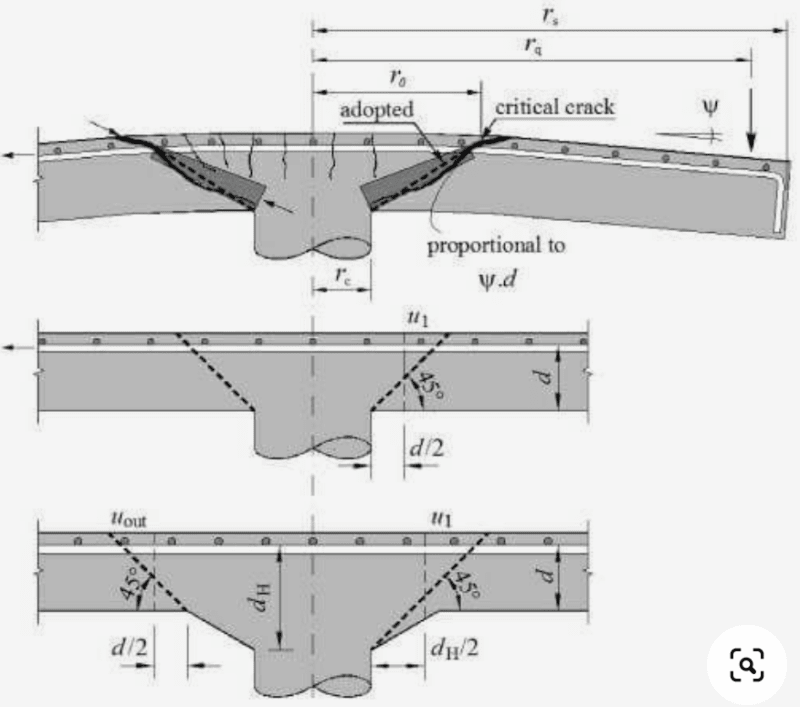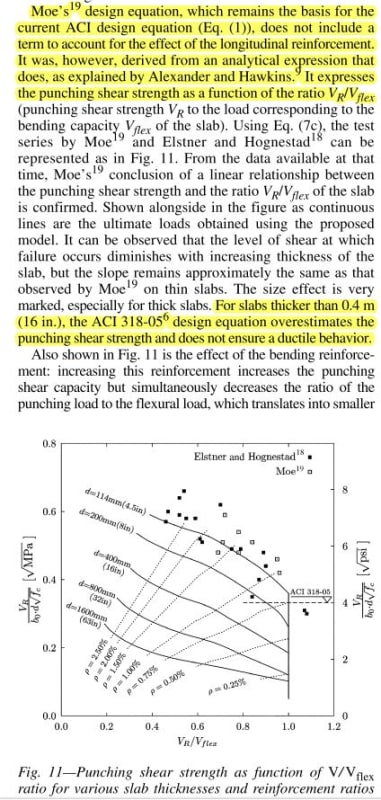azulazul
Structural
- Jul 16, 2021
- 12
Hi All,
Are the top matt reinforcement bars reliable for punching shear considerations such as seen below?

Are the top matt reinforcement bars reliable for punching shear considerations such as seen below?


